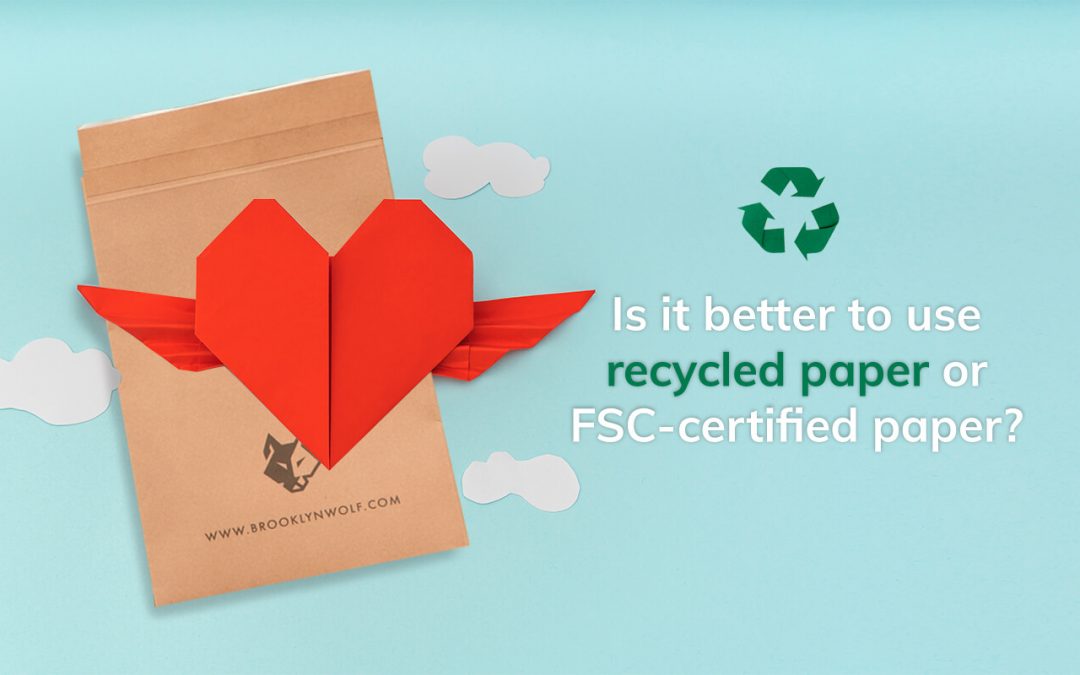There seem to be so many kinds of environmentally friendly paper to choose from. So which part of the production process is it best to encourage: regenerating forests or recycling paper?

Twenty years ago forests were vanishing worldwide. The developing world lost about 495,000 acres between 1980 and 1995, and in a climate of ecological panic the Forest Stewardship Council (fsc.org) – a not-for-profit alliance between NGOs, government, and paper and timber players – was founded in California.
There has been a decline in global deforestation, thanks partly to the increased use of recycled paper and the purchasing of paper products that are certified as coming from responsibly managed forests. This has been driven by consumers like you. Still, deforestation remains high.
You are trying to choose between two different systems of producing less wasteful paper. Both have merits. Recycling one ton of paper would power a home for nine months, save 7,000 gallons of water and reduce greenhouse gas emissions by one metric tonne of carbon equivalent (CO2e). We also “get it” – put the paper in the recycling bin, close the loop by buying recycled, and hey presto: virgin trees have been saved.
But a lack of credible certification means “recycled” paper might not contain a very high a level of old paper. Check percentages: buy the highest level of “post-consumer waste paper” – aim for 100%. If the paper was recovered using energy generated from coal, it might as well not be recycled.
Meanwhile, the FSC uses a system of inspecting and tracking timber and pulp right through the chain. So far, over 375,000 acres of forests have met its strict criteria. Violence and the displacement of indigenous peoples are also prohibited in its chain. This is crucial: forests support 1.6 billion of the poorest people in the world.
The 2010 documentary Sustainable on Paper, by Leo Broers and An-Katrien Lecluyse, exposed a certified plantation in Brazil as a eucalyptus mono-culture polluting local communities. Anecdotal evidence from the paper industry suggests that printers are put off by hefty fees to certify as FSC. Just under 1 acre of FSC-certified forest are owned by indigenous communities (compared to 120 acres owned privately). But the WWF still considers FSC certification the only credible one (above the purely recycled).
We’d like to suggest that rather than choosing between the two you look for both, as paper products increasingly offer both FSC-certified virgin fiber and recycled content (also certified) based on how the paper is being used. OK, so this is not the clear-cut answer you were looking for – but the situation with our forests isn’t clear cut either.

